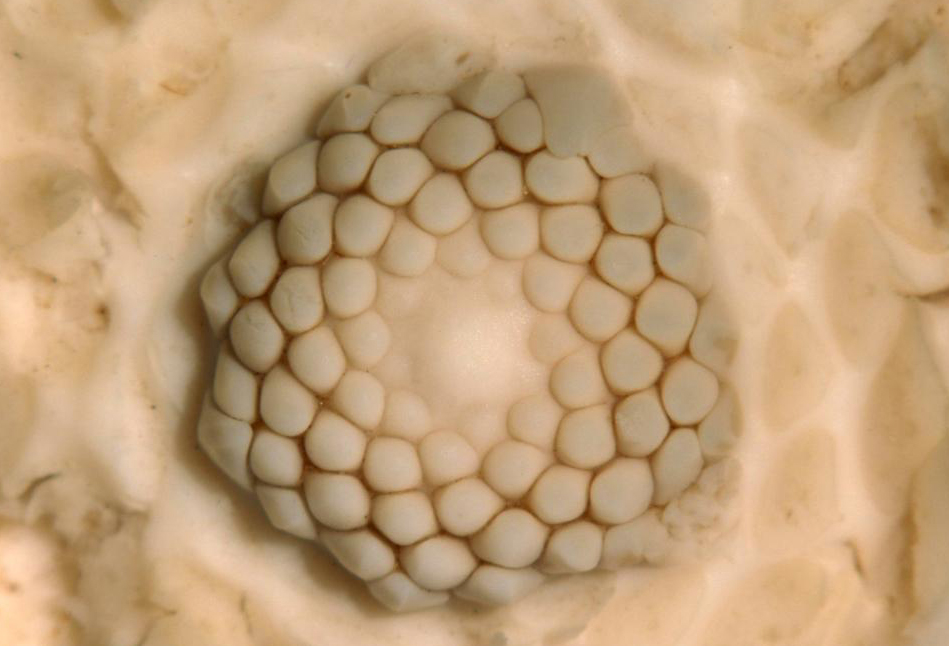Seed
Pollen
Pollination
Fertilization
7 Ovulate cone (upside)
2 Leaf growth (lateral)
8 Ovulate-seed cone
6 Ovulate cone (lateral)
4 Leaf development (upside)
Cycas revoluta Thunb.
Watch using Windows Media Player
Click each photo to access the movie
15 Pollen cone; leaf growth
12 Snake
9 Seed cone
16 Pollen cone (lateral)
10 Seed cone; leaf growth
14 Pollen cone
11 Ovules
31 Swimming A
28 Discharge A
25 Pollen tubes
32 Swimming B
26 Pollen tube; sperm A
30 Sperm in pollen tube
27 Pollen tube; sperm B
23 Sperm induction, possible
20 Pollination drop A
17 Pollen cone (upside)
24 Sperm induction, impossible
18 Pollen cone; leaves eaten
22Archegonial chamber
19 Pollination
39 Seed germination
36 Sperm entry to egg I
33 Neck cells, archegonial
40 Typhoon at habitat area
34 Opened neck cells
38 Sperm entry to egg III
35 Sperm near neck cells
These materials can be used for educational purposes.
3 Leaf growth (lateral, enlarged)
Notes
8-10:Same individual; leaf growth is in the following year.
13:Taken using an infrared camera.
14,15:Same individual; leaf growth in 15 is in the following year.
18:Pollen cone and leaf growth in the same year.
19:Bee visits; it is, however, suggested that pollination is mostly anemophilous.
20,21:Pollen is carried inside ovule by secreted liquid; taken indoors
at high humidity.
23,24:Sperm can be induced by applying 10 % sucrose solution; this is only
possible when pollen tubes are submerged in secreted liquid.
25-38::All sperm taken were induced by the application of the sucrose solution.
36-38:Events in a series are divided into three movies (real speed).
39:Taken indoors.
1 Habitat (beach)
5 Leaf elongation
13 Mouse
21 Pollination drop B
29 Discharge B
37 Sperm entry to egg II
Shoot apex
Click each photo to view related photos
